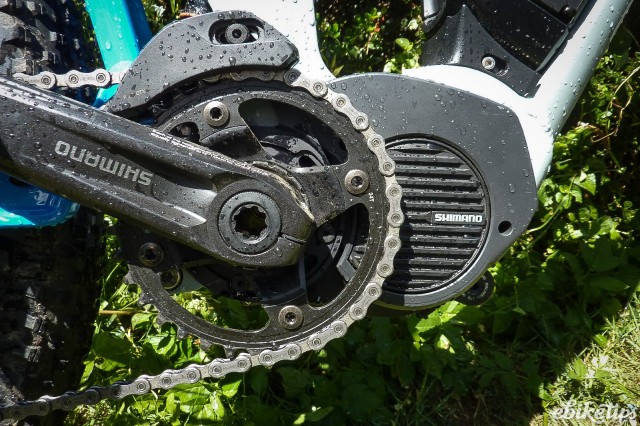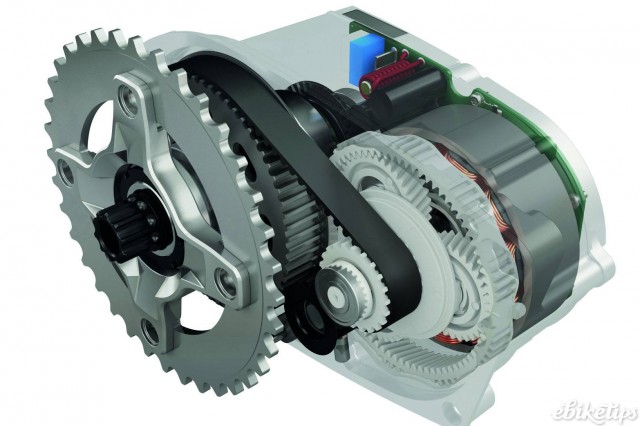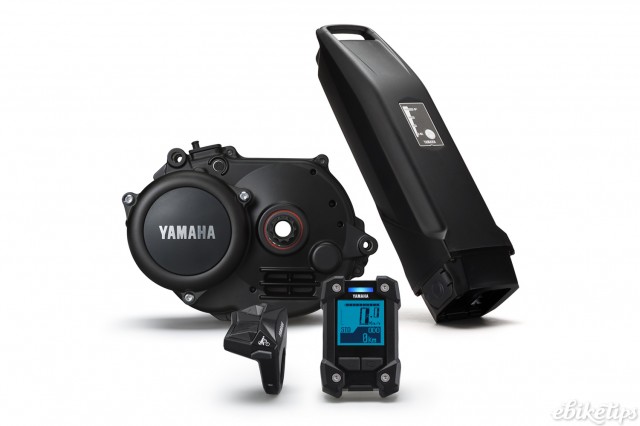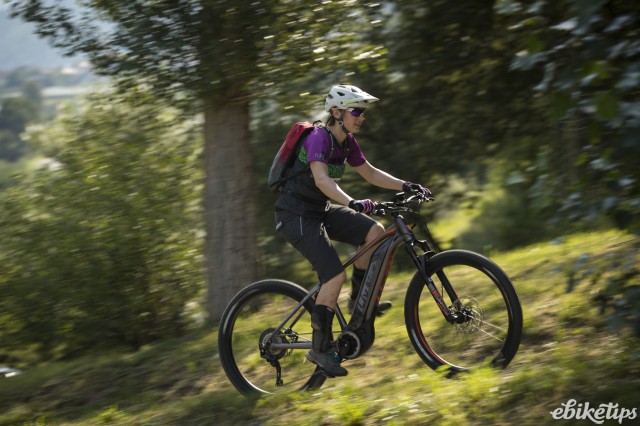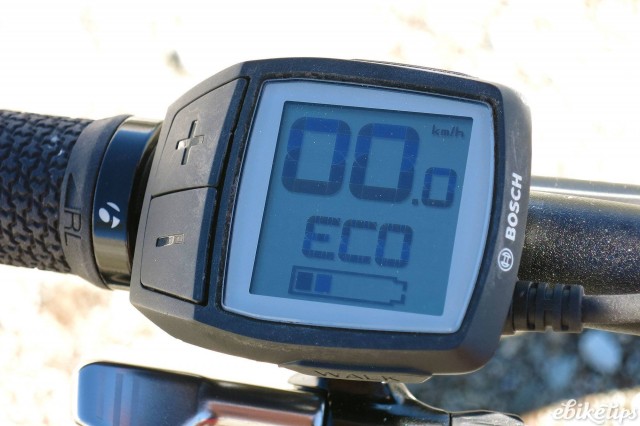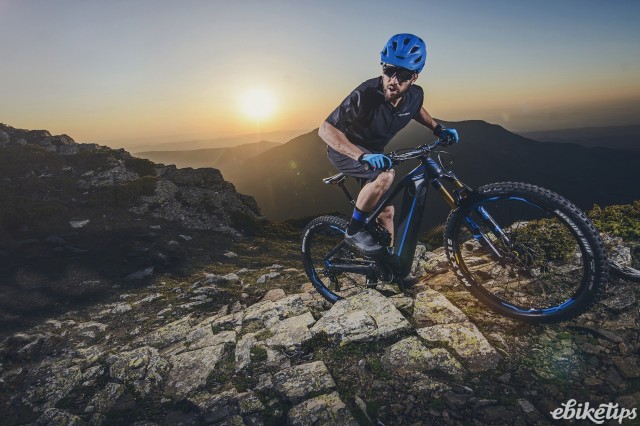e-MTB mid motor shootout: Bosch Performance Line CX vs Shimano STEPS E8000 vs Yamaha PW-X vs Brose
ebiketips
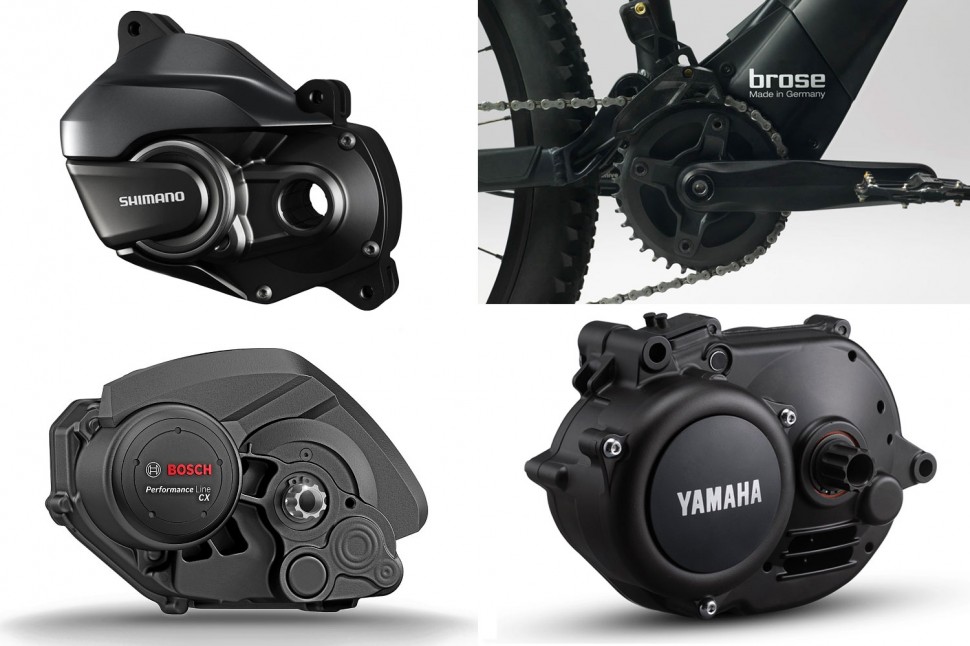
Want to hit the trails on an electric mountain bike? There’s a world of choice out there. You can spend anywhere between about £1,500 and £15,000 on a trail-capable machine. One of the things we’d certainly recommend is to get a bike with a mid-motor, that drives the cranks, rather than a hub motor, that sits in the front or rear wheel. Mid motors are much better for off-road riding: they’re more powerful, and they place the weight centrally in the frame so weight distribution is better. Also, having a hub motor affects the unsprung mass of a suspension bike, which will negatively affect suspension performance.
So, let’s assume you’re after a mid motor bike. The chances are that you’ll be getting one with a motor from one of the four market leaders. Of course, there’s more choice than just four motors out there, but we can’t include everyone and every bike, so here are the contenders in this mid-motor shoot-out:
Bosch Performance Line CX
This is Bosch’s top-spec motor, and it’s specifically designed for the rigours of off-road. The CX motor uses geared internals and a small drive ring, and in the last couple of years the assistance modes have been tweaked: there’s now an e-MTB mode that’s set up to offer the best response for trail riding.
Shimano STEPS E8000
Shimano’s e-MTB motor burst onto the scene a couple of years back. More compact and more powerful than the STEPS E6000 city motor, the new motor uses a paddle shift remote to switch between modes and has a small LED display that sits inboard of the bars to protect it.
Brose
Brose come from an automotive background, and the motor that sits within their drive unit started out as a steering assist motor for cars. The internals are belt driven for quiet operation, and the motor can be tuned to different torque levels depending on the application. For mountain bikes, it’s normally beefed up.
Yahama PW-X
Yamaha have a long history of making e-bike motors, but until last year didn’t have one that was specifically aimed at e-MTBs. That changed when the new PW-X motor was launched, with increased torque and support for higher cadence. Giant use the PW-X motor within their SyncDrive Pro system, with custom control software.
We’ve used all these motors on a number of different bikes. So without further ado let’s dive into some scores…
Quality
| Bosch | |
| Shimano | |
| Brose | |
| Yamaha |
The bottom line here is: you’re not going to go wrong with any of these. They’re all very high quality motors backed up by good service and support. The Brose motor probably edges it in terms of straight build quality, and Shimano and Bosch probably have the widest support network, but there’s really not a lot in it. Your decision will probably come down more to how they perform…
Motor performance
| Bosch | |
| Shimano | |
| Brose | |
| Yamaha |
All of these motor systems are EU-legal, which means that they’re limited to 25km/h and rated at 250W for continuous power (the power they’ll hold over an hour). In reality the maximum output of all of them is well above that. When you’re attacking a steep, rocky climb in the highest assistance mode you’ve got, motor power will likely be double the rated number.
Torque is a better measure of how powerful a particular motor is. The Bosch Performance Line CX motor pushes 75Nm at its peak. Shimano’s E8000 motor is a touch below that, at 70Nm, and the Yamaha PW-X motor just above, at 80Nm. The Brose motor can in theory put out as much as 90Nm but Brose is a bit more reticent to release the figures, and it also depends on how the motor is set up. They’re all fully capable of getting you up some serious terrain though.
Noise
| Bosch | |
| Shimano | |
| Brose | |
| Yamaha |
The Brose is the quietest motor here, so if you like to convene with nature on your mountain bike rides and you don’t want to hear your motor whining in the background, that’s probably the one to choose. None of the other motors are especially noisy, but you can certainly hear them doing their thing, especially in the higher assistance modes. The new Yamaha PW-X edges it over the Bosch and Shimano units, which are pretty similar in the level of noise they generate.
Weight
| Bosch | |
| Shimano | |
| Brose | |
| Yamaha |
The weight of a mid-motor e-bike system, when added to the bike, is generally 6-7kg. Of that the motor is 3-4kg, the battery 2-3kg and the controls, wiring and other bits and bobs adding a bit more. There’s actually quite a spread of weight here; the newer motors (Shimano and Yamaha) are, perhaps unsurprisingly, a bit lighter. Bosch say the weight of the CX unit is “under 4kg” from which we’d infer that it weighs about 4kg, since they give exact weights for the others. The new Yamaha motor is the best part of a kilo lighter, at 3.1kg, with the Shimano motor (3.2kg) and the Brose motor (3.4kg) in the middle.
User experience
| Bosch | |
| Shimano | |
| Brose | |
| Yamaha |
The Shimano system is probably the most intuitive from a mountain biker’s point of view. The paddle shifter user to change modes is the same unit that their Di2 mountain bike drivetrain uses, and it’s excellent: easy to find without looking at it, and easy to use with a nice positive feedback. The LED screen is small but clear, with colour-coded modes so you can see where you are at a glance.
Brose don’t tie manufacturers to their display; you can spec your own as a bike builder if you prefer. Most of the options we’ve tried, though, are pretty good and easy to read and to use. Yamaha’s new PW-X display sits behind the bars a bit like the Shimano one; it’s a bit bigger but not quite as easy to read. The remote is nice and tactile though. Giant’s Yamaha-powered bikes use their own RideControl system with a central display and a remote built into the grip, which is better.
Bosch have three displays. The GPS-capable, full-colour Nyon display is rarely seen on e-MTBs and you’re more likely to get the centrally mounted Intuvia (with a separate remote for mode changes) or the Purion, which sits by your left hand and combines the two. The Purion is the one designed for mountain biking; the buttons were hard to use in the first incarnation but Bosch has addressed that. Even so, it’s not the best here, with limited display capability.
Ride experience
| Bosch | |
| Shimano | |
| Brose | |
| Yamaha |
The motors have different assistance characteristics too. The Bosch motor tends to feel more like a constant push, although the new e-MTB assistance mode has gone some way to make it more responsive to the nuances of rider input. The Shimano motor in Trail mode allows you to put down the full power of the system but it’s more closely tied into the torque the rider is supplying, and the Brose motor tends to work that way too. The PW-X motor is a big improvement over the previous Yamaha motor for mountain biking; support at higher cadences is better and generally the feel of the assistance is more natural.
Is any one better than the rest? As much as anything it’s down to personal preference here. They all feel a bit different, but in reality which one suits you is going to come down to the way you ride more than the fact that one is better than another. That’s an excuse to book yourself a test ride with all four, at least.
Range
| Bosch | |
| Shimano | |
| Brose | |
| Yamaha |
We don’t have any empirical data here, but the scores for range are based on our experiences of riding the different systems, often side by side. Most e-MTBs are supplied with a 500Wh battery, and for a battery that size it’s the Shimano system that seems to edge it in terms of range. The Bosch and Yamaha systems are not far behind, and bikes we’ve ridden with the Brose motor tend to run for a little less time before the range anxiety kicks in. There’s not a great deal in it, but if you’re looking to maximise your off-road time on one charge, that’s what we’ve found the current pecking order to be.
Overall
| Bosch | |
| Shimano | |
| Brose | |
| Yamaha |
The overall scores here aren’t just adding up the scores and dividing them by the number of things we scored for, because some aspects of a motor system’s performance are more important than others.
The Shimano system edges it here because overall we feel it has an excellent ride feel, a control system that’s designed specifically for e-MTBs and works really well, and really good range as well. It’s one of the lighter systems too.
At the other end, the Brose motor, while it was joint top in the urban motor shootout, doesn’t fare so well here. It’s heavier, and the lower range for the same battery capacity means that it doesn’t feel quite as suitable for the trails. It’s getting on a bit now, too, and the market is moving forward. We’d expect to see a new Brose motor very soon.
Similarly, while the Bosch Performance Line CX motor is the one that pretty much kick-started the whole e-MTB scene it’s probably due an update. That update is likely to be along the lines of the newer Active Line motors, that are lighter with direct drive chainrings. The Yamaha motor has overtaken it; the performance is comparable but it’s a lot lighter and a bit quieter.

